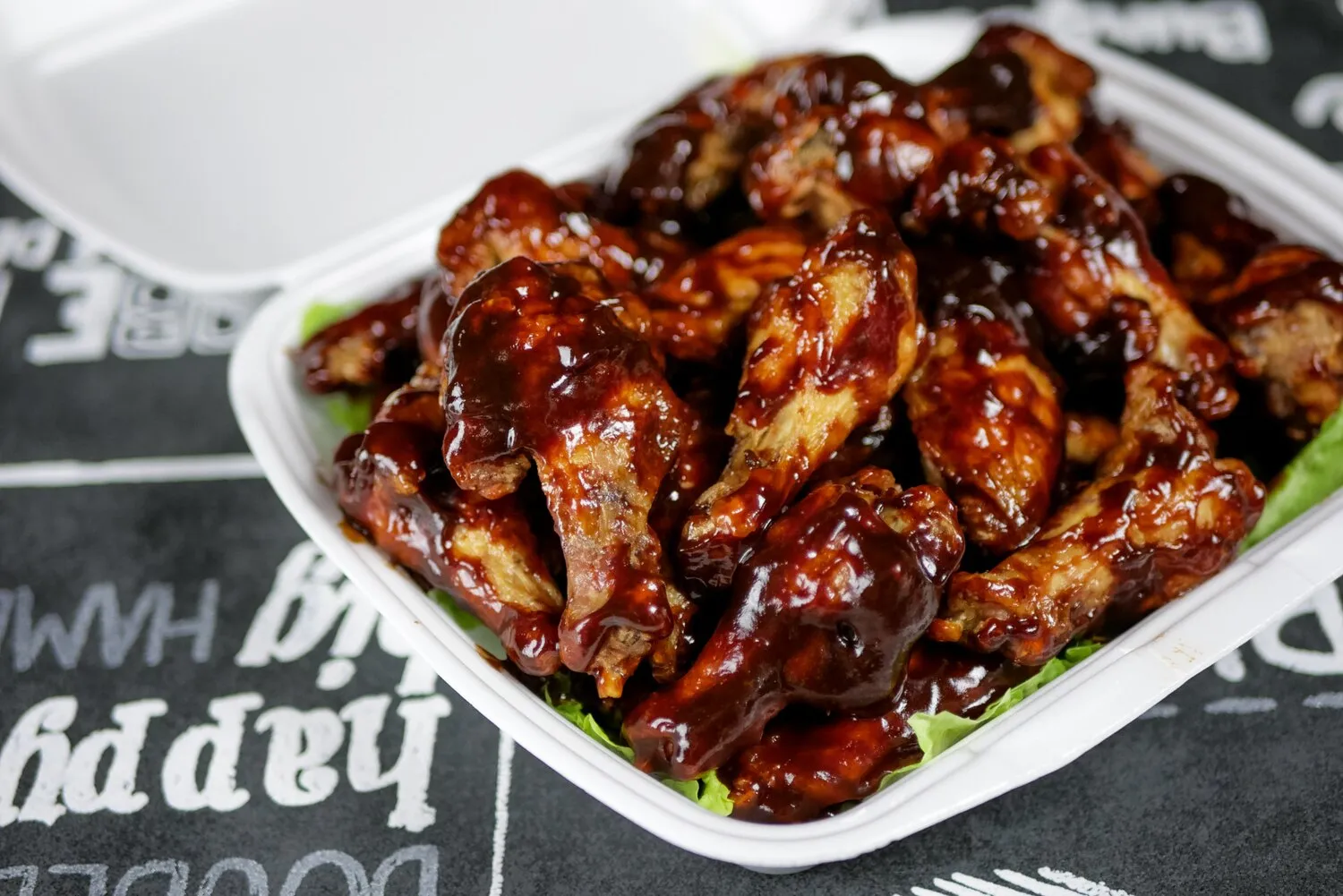
Gỏi cuốn
Fresh spring rolls filled with vermicelli noodles, vegetables, shrimp, and pork, served with a peanut dipping sauce.
Nutrition Facts
* The % Daily Value (DV) tells you how much a nutrient in a serving of food contributes to a daily diet. 2,000 calories a day is used for general nutrition advice.
BÚN
The exact origins of Gỏi cuốn are debated, but it is believed to have evolved from earlier Vietnamese rice paper dishes. Influences from Chinese cuisine, particularly in the use of noodles and pork, and French colonialism, potentially impacting presentation and access to certain ingredients, likely played a role in its development as a distinct dish.
Gỏi cuốn represents Vietnamese culinary philosophy by highlighting fresh ingredients and balanced flavors. It is often associated with family gatherings, celebrations, and light meals, reflecting the emphasis on community and health.
Family & Community
Gỏi cuốn is often made and enjoyed as a family, with different members contributing to the preparation process, such as preparing ingredients or wrapping the rolls. It is also a common dish at gatherings and celebrations.
Freshness & Health
The dish emphasizes fresh, raw ingredients, aligning with the Vietnamese appreciation for healthy eating. It is often seen as a light and refreshing alternative to heavier meals.
Adaptability
The filling ingredients of Gỏi cuốn can be adapted to individual preferences and dietary restrictions, reflecting the Vietnamese culture of resourcefulness and customization in cooking.
Gỏi cuốn offers a refreshing balance of flavors and textures. It combines savory, sweet, and herbaceous elements with a satisfying crunch and soft chewiness.
The dominant flavors are fresh and clean. Rice paper provides a subtle, slightly sweet base. Vermicelli noodles offer a neutral foundation. Shrimp and pork contribute savory protein notes. Fresh herbs like mint, cilantro, and basil add aromatic complexity. Lettuce and bean sprouts provide crispness. The peanut dipping sauce introduces sweetness, savory richness, and a hint of umami. Chili can be added for heat.
Rice Paper Hydration
Dip the rice paper in warm water for just a few seconds until pliable but not soggy. Over-soaking makes it sticky and difficult to handle, while under-soaking makes it brittle and prone to tearing.
Ingredient Arrangement
Layer the ingredients carefully to ensure even distribution and optimal presentation. Place ingredients like shrimp and herbs close to the rice paper for visual appeal. Avoid overfilling to prevent tearing during rolling.
Peanut Sauce Consistency
Adjust the consistency of the peanut sauce to your liking by adding more water or fish sauce. Experiment with different variations by adding ingredients like hoisin sauce, chili garlic sauce, or lime juice for a personalized flavor profile.
Explore additional Appetizers dishes and restaurants
Explore AppetizersDiscover top dining spots and culinary experiences in Antwerpen.
Explore AntwerpenLearn more about the food culture, restaurant scene, and culinary heritage of Belgium.
Explore Belgium